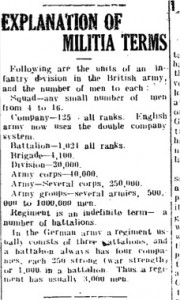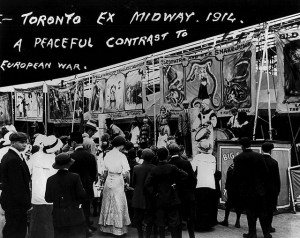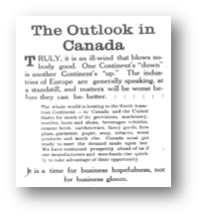With recruitment ended and troops from across Canada making their way to Valcartier for training, it became evident that Canadians needed to understand the various military terms that would be used in war news articles. Here you can see a list of definitions that the Waterloo Chronicle Telegraph provided their readership with on 20 August 1914.
In addition to explaining military terms, local newspapers also explained the time differences between all of the belligerent countries. This was important, as not every country worldwide had adopted standard time by the outbreak of the war; some areas were still using ‘local time.’ By explaining what time it was in places like Paris, London, St. Petersburg, Vienna, Belgrade, Rome and Berlin, the region’s residents were better informed of time differences across the globe and across the areas involved in the war.
(“Explanation of Militia Terms” Waterloo Chronicle-Telegraph, 20 August 1914; “War News,” Elmira Signet, 13 August 1914.)


